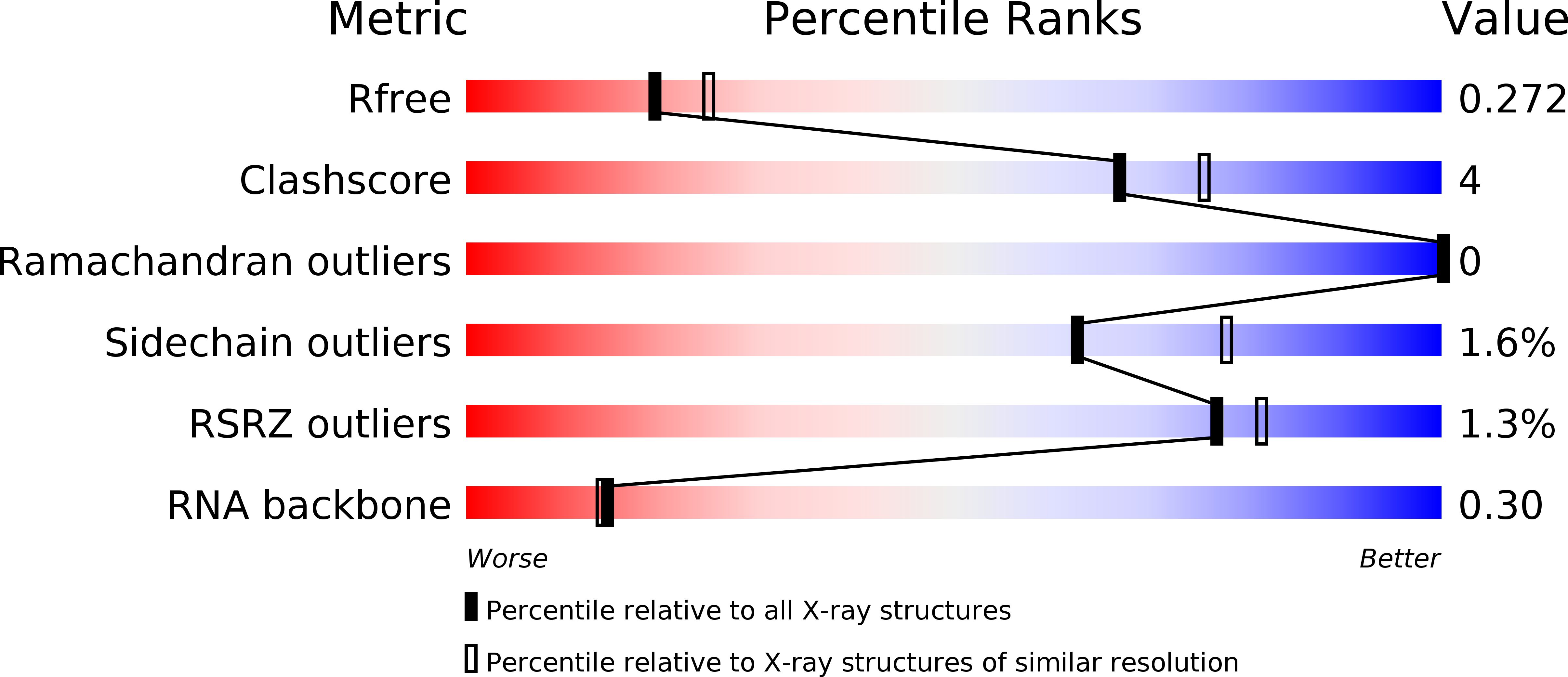
Deposition Date
2015-11-05
Release Date
2016-01-13
Last Version Date
2024-05-08
Entry Detail
PDB ID:
5ELR
Keywords:
Title:
Structure of the KH-QUA2 domain of T-STAR in complex with AAUAAU RNA
Biological Source:
Source Organism:
Homo sapiens (Taxon ID: 9606)
synthetic construct (Taxon ID: 32630)
synthetic construct (Taxon ID: 32630)
Host Organism:
Method Details:
Experimental Method:
Resolution:
2.30 Å
R-Value Free:
0.26
R-Value Work:
0.22
R-Value Observed:
0.22
Space Group:
P 21 21 21


